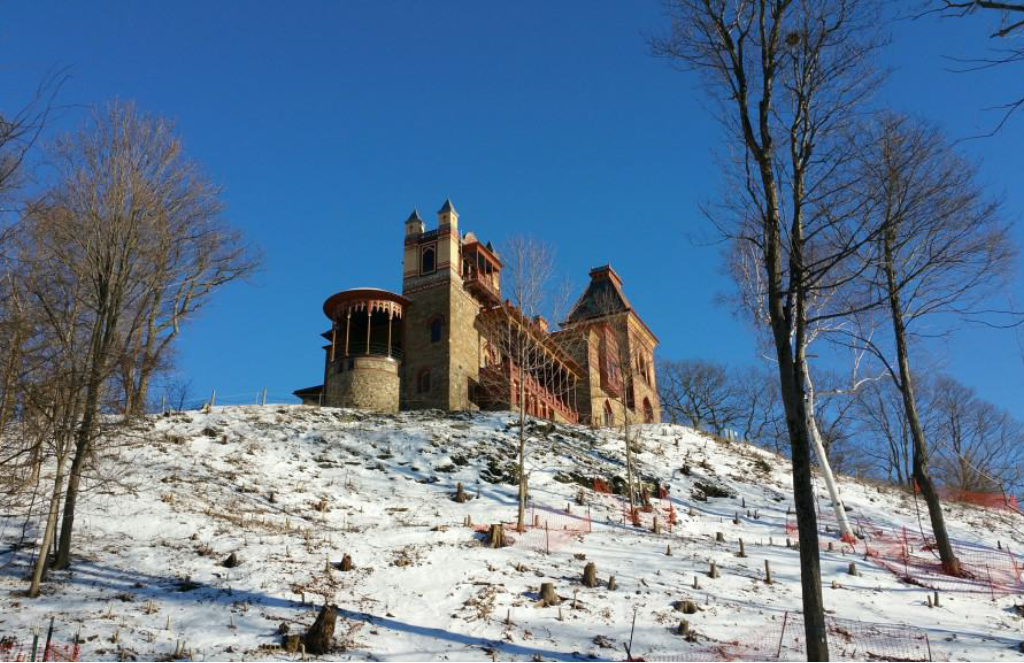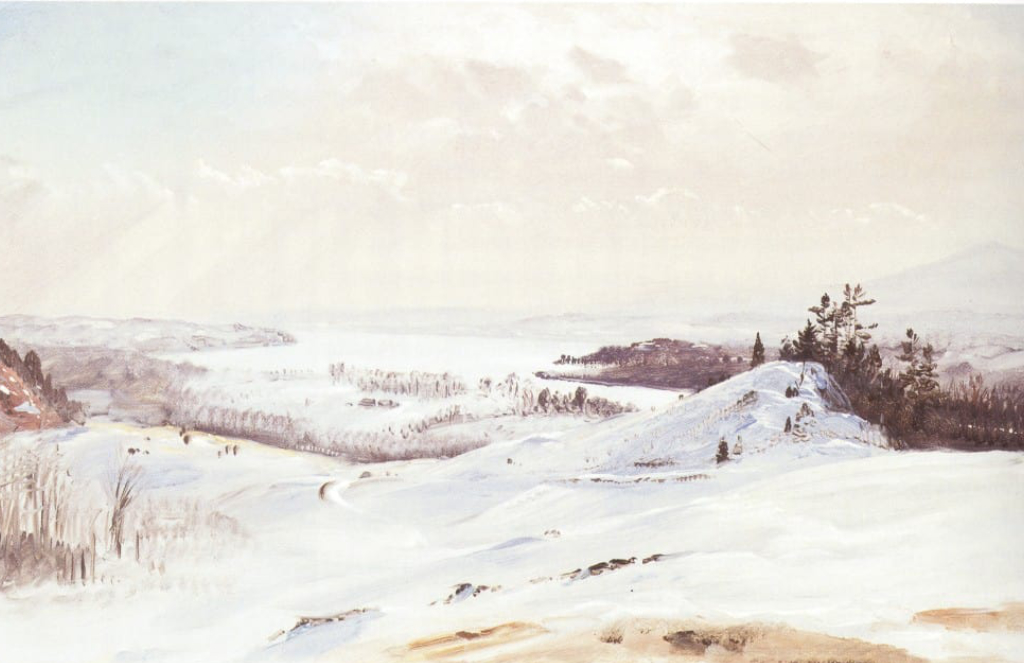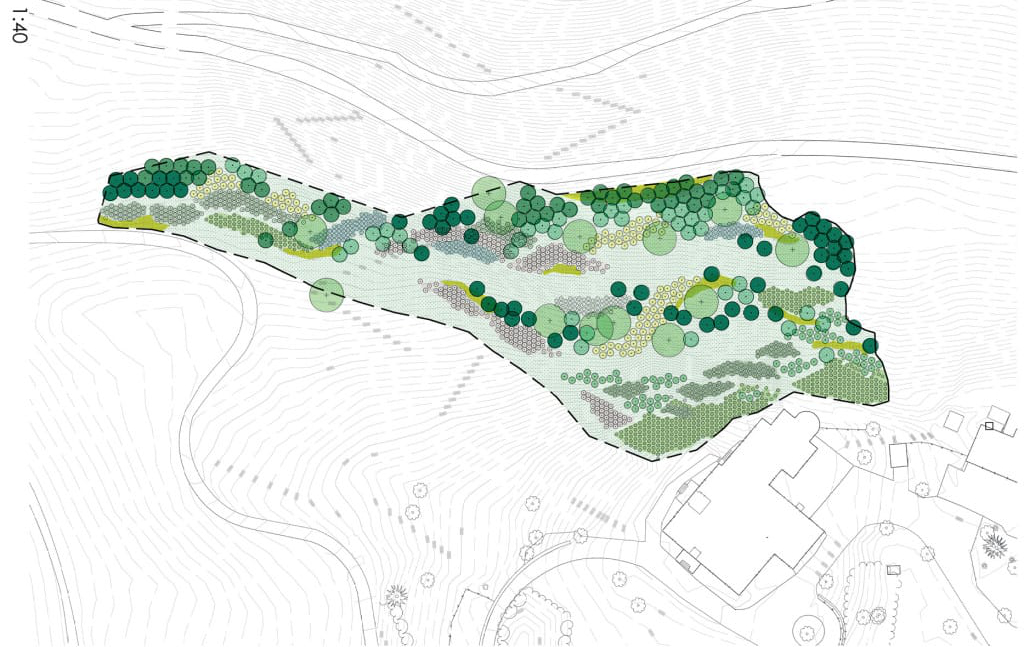Why Restore Olana?
Mark Prezorski, Landscape Curator
After Olana was saved from destruction in 1966, David Huntington — the art historian who led the preservation effort — commented about how ignorant the public had been of Olana. “Olana was not a girl, not an Hawaiian drink, and not a drug,” he joked. At that time, few could have imagined the amount of restoration work which would occur at Olana over the following decades, fueled by private and public dollars. Viewed as a whole, Olana’s evolution since 1966 as a large-scale public work of art has been staggering. For those directly involved, this work has happened incrementally, one project at a time.
We are in the midst of another significant transformation at Olana: the first phase of our “Main House Environs” landscape restoration project is nearing completion. This project, made possible by a New York State Environmental Protection Fund grant with matching funds from The Olana Partnership, addresses some key design elements closest to Olana’s main house. For the first time in many years, the iconic view of the Hudson River from Frederic Church’s windows – and from his studio wing in particular — has been restored. For those who haven’t visited recently, this change will be a revelation.
The Olana Partnership has worked closely with our New York State partners and Nelson Byrd Woltz Landscape Architects to restore this view. With additional help from a surveyor, a horticulturalist and a landscape historian, careful planning has informed the overall rehabilitation strategy. The first phase of this project includes the identification and preservation of important trees, combined with a reduction of second-growth and invasive vegetation. The next treatment phase will begin this spring and includes the establishment of native grasses up and down the steep slope beneath the main house, followed by a late-season planting of native trees and shrubs to recreate Church’s naturalistic design intent, all with an eye toward sustainability.
Frederic Church’s landscape paintings were masterful combinations of foreground, middle-ground and background elements, and Olana’s physical landscape was composed by Church in similar ways. The steep hillside beneath Olana’s main house serves as a foreground setting when viewed from above, and the vast background – the “viewshed” – includes Inbocht Bay in the Hudson River, with the Catskill Mountains rising to the west beneath an ever-changing sky. This view inspired Church, and it captivates Olana’s visitors today. Our recent landscape restoration project serves to accentuate this effect. This is the view which Frederic Church painted numerous times, even in winter, and it was this winter scene in particular – a painting from Olana by Church – which served as evidence during legal hearings in the 1970s and helped to stop a nuclear power plant from being built.
The Olana Partnership is working to raise the remaining $50,000 to complete our current landscape project. This also includes the restoration of Olana’s large stone retaining wall, a massive design feature which rises above the flower garden and elevates tour groups as they arrive at the main house today. These are all incremental steps in the realization of Frederic Church’s larger design vision, set in motion by those prescient preservationists who saved Olana nearly 50 years ago — because they understood that Olana was not a drink and not a drug, but much more. “Olana is the monument of Emerson’s, Thoreau’s, and Whitman’s America”, wrote David Huntington. That’s why we’re restoring it.




